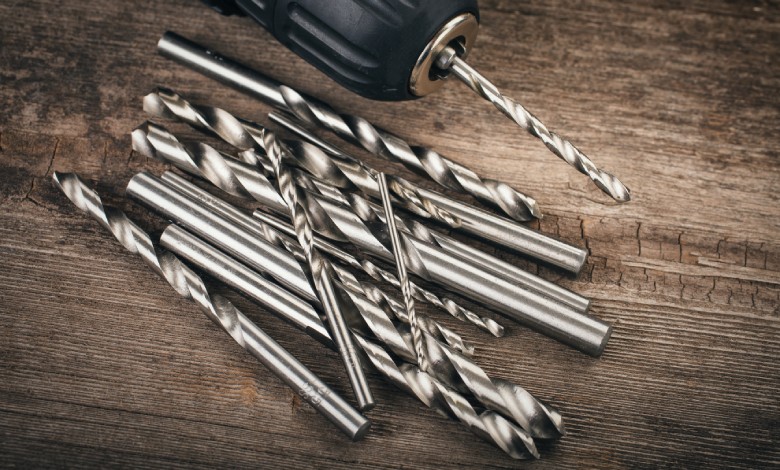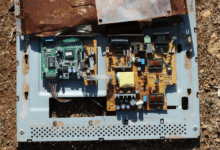
An Exploration of Drill Bit Types and Differences
Drill bits might be one of the most underrated heroes in the construction landscape. These seemingly unassuming tools come in a myriad of types and sizes, designed to cater to the specific needs of different projects—one wrong twist of the wrist with an ill-suited bit, and you could mar your creation. Below is an exploration of drill bit types and differences and helpful insight on choosing the perfect one.
Understanding the Linguistics of Drill Bits
Before we start drilling down into the details, it’s crucial to comprehend the language of drill bits. There’s a diverse vocabulary—one that a true craftsperson or hobbyist must be fluent in when working with wood, metal, or masonry. From the sharp helical grooves of Twist Bits to the wide, flattened head of Spade Bits, each member of the bit family has a distinct accent.
The Versatility of Twist Bits
Twist Bits are the standard issue, the foot soldiers of the drill world. If you have a general hole-digging task, these are your lifelines. Their design—cut with lips, relieved with clearance along their shank—means they can chew through almost anything. But beware, dense materials can cause overheating and blunt the bit quickly, so unless a precision isn’t your thing, keep these for softer surfaces and lighter drilling duties.
Auger Bits: For the Deep and the Precise
If your work requires deep holes, Auger Bits, with their spiral shape and sharp points, are your new best friends. They excel in drilling consistent, smooth holes—notably in thick lumber. They don’t handle knots too kindly, so steer clear of wood with imperfections, or you might find yourself needing a replacement soon.
Spade Bits: Swift and Wide
Spade Bits are like the racecar drivers of the drill bit world. They have flat, spade-shaped blades that make short work of drilling large-diameter holes. Their wider cut calls for a surgeon’s precision; they’re more likely to skate across the surface of your material when you apply pressure, which can lead to messy results.
Forstner Bits and Hole Saws: The Artisans
When it comes to precision, Forstner Bits are a clear favorite. Their cylindrical cutters drill clean-bottom holes and are exceptional at boring holes of a larger diameter without causing a ruckus. Comparatively, a Hole Saw bit is the muscle of the group used for cutting holes in wood or other products.
Masonry Bits: The Brutes
Masonry Bits have a head start—they’re usually tipped with a hard substance like tungsten carbide. This puts them in a different league altogether. Designed to plow through concrete, brick, or stone, they are the strongest contenders for heavy-duty projects.
Selecting the Right Bit for Your Project
Choosing the right bit for your project is paramount. Consider the project’s demands, the material you’re working with, and the goal—it’s a trifecta you can’t ignore. Take the time upfront to choose wisely, and your work will reflect not just the hole you’re drilling but the craftsperson you are.
Enhancing Drill Bit Performance
Maintaining and protecting your drill bits is like maintaining your health. Regular check-ups to ensure sharpness, proper storage to prevent damage, and using the right drill for the job can immensely enhance the performance of your drill bits.
Each drill bit stroke is a step toward your ideal masterpiece. By understanding their differences and nuances, you can transform the noise of the work into the symphonies of creation, one perfectly drilled hole at a time. With this exploration of drill bit types and differences, you’re ready to complete the project at hand with precision and expert work.






